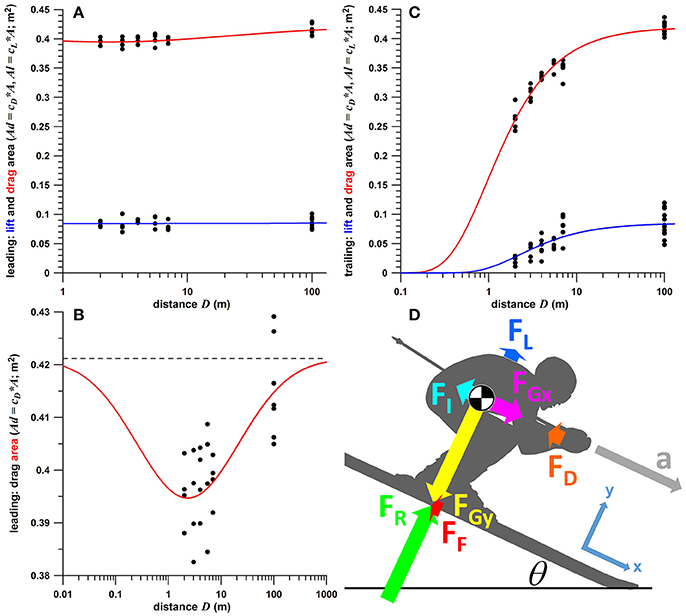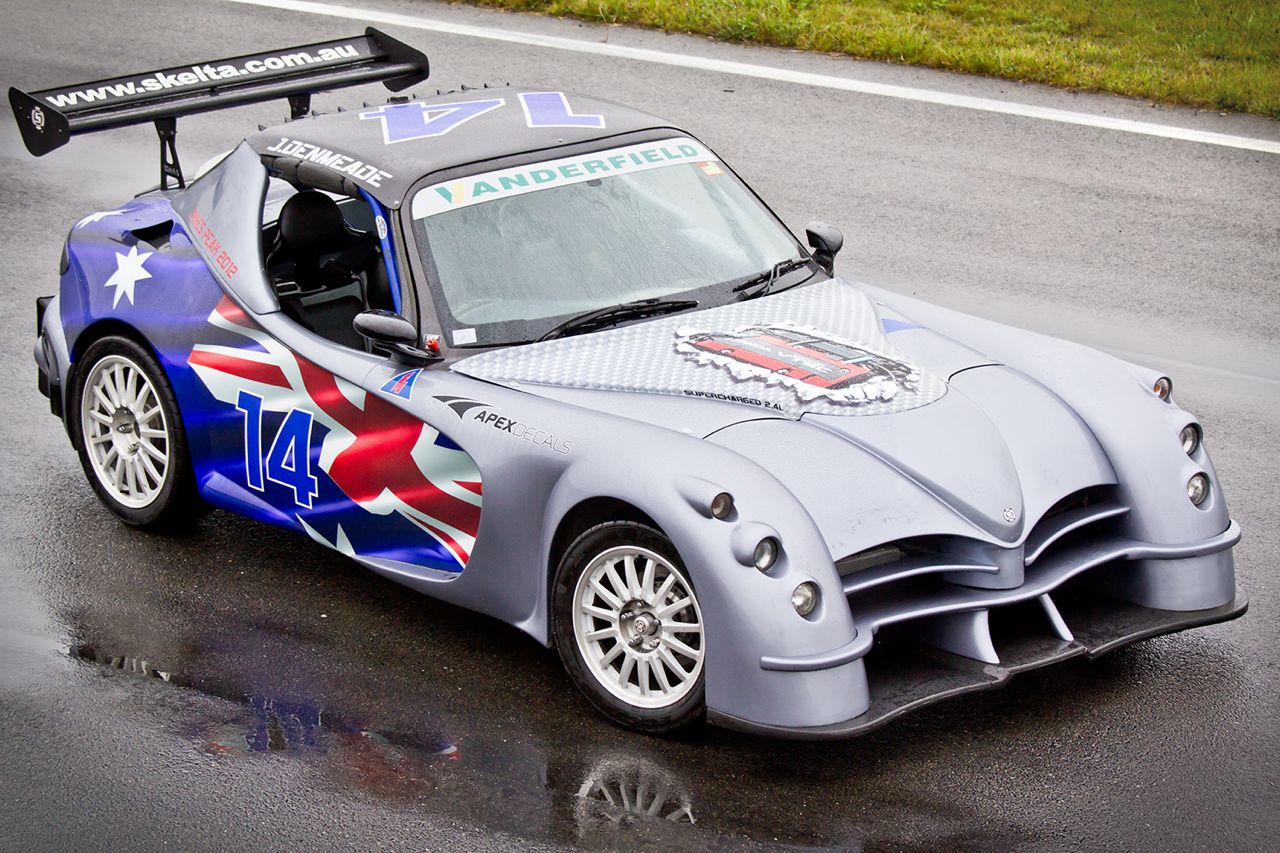

Downhill ski racing is one of the most demanding sports in the world, both physically and mentally. Blink of an eye is a short film documenting Aksel as one of the few athletes who combines an extraordinary level of focus with brutal physical strength to perform among the international elite. Alpine ski racing is known to be a sport with a high risk of sustaining severe injuries. 1 2 Injury rates for World Cup (WC) athletes were found to differ among the competition disciplines, particularly when calculated as injuries per 1000 runs: they increased from slalom to giant slalom, super-G and downhill (DH) with the knee as the most frequently injured body part. Chimera tool free license. Dictate mac torrent. Whether you're just getting started out with your first pair of race skis or need the latest and greatest for World Cup competition, we've got it. From SL to GS and multievent skis, Start Haus is the one stop ski shop for all your racing needs.

Downhill Ski Run
Papa kehte hain mp3 320kbps download. Gravity is the force that holds the skier to the ground and is also what pulls the skier down the hill. While gravity is acting straight down on the skier, a normal force is exerted on the skier that opposes gravity. As the skier skis down the hill, he or she will encounter an acceleration. Downhill - race course. It is considered to be one of the most challenging downhill slopes in the world; the Streif. The supreme discipline of alpine ski is held on Mount Hahnenkamm, hot on the heels of the Lauberhorn Races in Wengen, Switzerland – another of the great alpine ski classics. The race first took place on today’s Streif course.

Super G Ski Race

Downhill Ski Racing G Force
Gliding is the art of maintaining the flattest ski in order to achieve the lowest possible friction. The forces associated with gliding are fairly straightforward: gravity, friction, and air resistance. Air resistance has several inputs that add to the total resistive force. Friction is caused by the lack of a perfectly smooth surface between the skis and snow on a microscopic level. Think of it as the Rocky Mountain range trying to slide over the Himalayas. On a microscopic level this is what friction is.Two factors contribute to the resistive frictional force; a normal force and the friction coefficient. The normal force is the force holding the person up keeping them from falling towards the center of the earth. On level ground the normal force acts straight up against the acceleration of gravity. On a slope, the normal force is equal to the force of gravity proportional to the cosine of the angle of the slope to horizontal. This portion of gravity attempts to accelerate the person toward the center of the earth, the normal force resists this acceleration. The remaining component of gravity accelerates the body down the hill parallel to the slope, a linear acceleration.It is the coefficient of friction that speed skiers and racers try to reduce to a minimum. The normal force is a constant since it is related to their body weight, which does not change during the course of the race. The coefficient of friction is already reduced from everyday levels because of the snow, but it is the goal of racers to reduce this to an absolute minimum to maximize speed.The coefficient of friction is a unit less ratio of the force of friction to the normal force. The real value for the coefficient is often determined experimentally.... middle of paper ...and the force normal to the shear plane. These two forces again result in the same resultant force but are rotated into the shear plane. The angle of rotation into the shear plane is phi in above second diagram. Phi is the edge angle minus the angle in the triangle of the normal force(N) and the friction force(F) on the ski divided by 2. This can be seen in the first diagram. The centripetal force can be found using the above equations in the second diagram:Fc=Fs*cos(phi)+Fn*sin(phi)Fn=Fs/tan(O-b-F)The Fc is the failing point at which the racer begins to slide the ski and lose speed. When a racer does balance the speed, radius, and other factors to maximize the centripetal force and acceleration, up to 2.5 Gs of acceleration can be achieved. Downhill ski racing is a ballet and balancing act of the laws of physics to be the fastest person down the hill.




